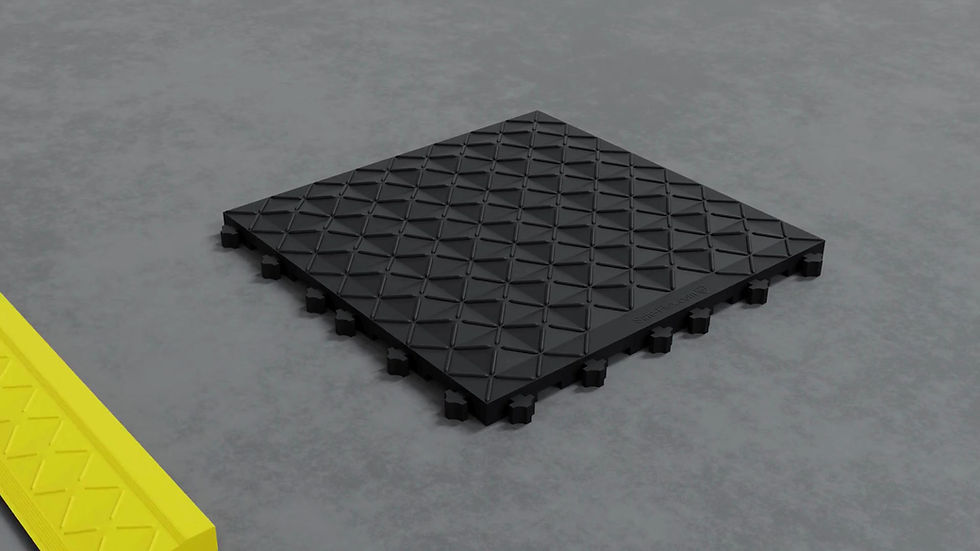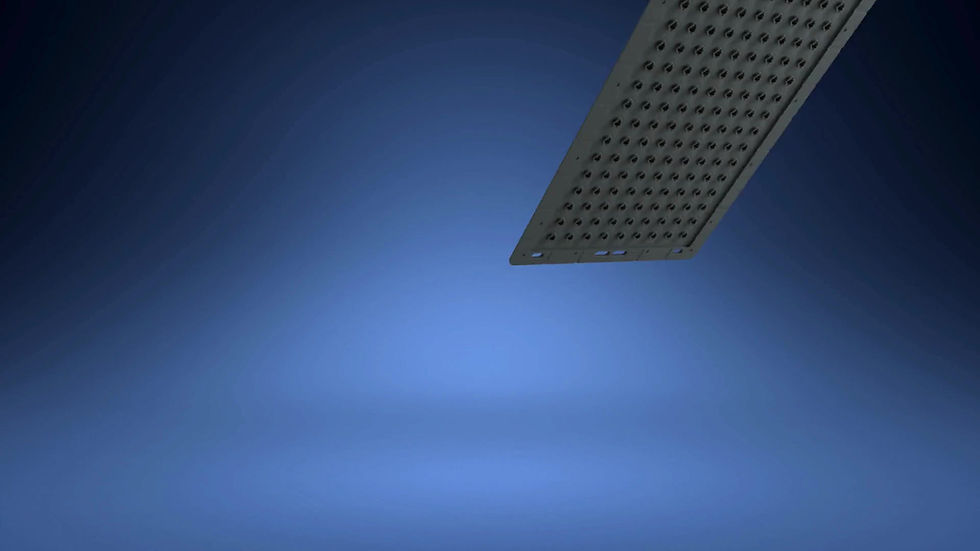top of page


Prevent Hazards, Boost Comfort & Cut Costs.
One Mat At a Time.
We offer two innovative safety floor systems that are safer, more efficient and cost-effective.


1
First, the bestselling Safe-Flex™ Floor System


2
Second, the innovative Stand-Safe™ Floor System
Both flooring systems are well-known for these 5 key advantages:
SAFETY
Engineered to prevent slips, trips, and fatigue, our matting systems help create safer, more productive work environments where employees can perform with confidence.

SUPPORT
Every tile and surface is designed with ergonomic science in mind—reducing strain, improving posture, and supporting workers who stand all day.

DURABILITY
Built to outperform and outlast traditional mats, our modular systems resist wear, chemicals, and impact in even the toughest industrial conditions.

SUSTAINABILITY
Made from 100% recycled materials and fully recyclable, our mats protect more than just your people—they protect the planet, too.

VERSATILITY
From assembly lines to checkout counters, our modular design adapts to any workspace, layout, or industry requirement with ease.
...we recommend the Safe-Flex™ Floor System.

Modular & Versatile
Connections that stay together when you want them to, and not when you don't. Full system is configurable to suit custom needs.
Leg & Dome Structure
Beyond its anti-fatigue energy-return, the dome-and-leg structure is able to hide cords and hoses underneath, preventing trips.
Long-Lasting & Recyclable
Matting that lasts 10x longer than the competition, not to mention it's not done when you are! 100% recyclable.
Colors & Printing Available
Create highly visible areas for organization or safety warning. As an option, you can have words or logos printed on tiles.
Drainage & Grit
Premium and proprietary grit matting for anti-slip. Drainage holes to mitigate slips due to liquids, dust, flash and filings.
Innovative Properties
We offer a few types of matting tiles, such as ESD, antimicrobial, switchboard, heavy-duty, smooth-top and light-duty.
...we recommend the Stand-Safe™ Floor System.

Modular & Versatile
Connections that stay together when you want them to, and not when you don't. Full system is configurable to suit custom needs.
Long-Lasting & Recyclable
Matting that lasts 10x longer than the competition, not to mention it's not done when you are! 100% recyclable.
Drainage & Grit
Premium and proprietary grit matting for anti-slip. Drainage holes to mitigate slips due to liquids, dust, flash and filings.
Still not sure?
Get a FREE matting sample to try for yourself in 3 easy steps!
1. Request Your Sample
Fill out the form below to get started.
2. Leave It To Us
We'll send you a mat to suit your space.
3. Put Us To The Test!
Watch as fatigue & accidents decrease.
bottom of page





